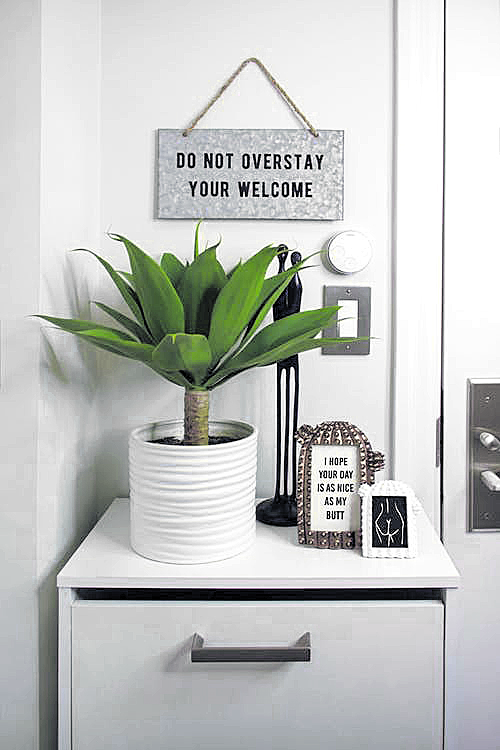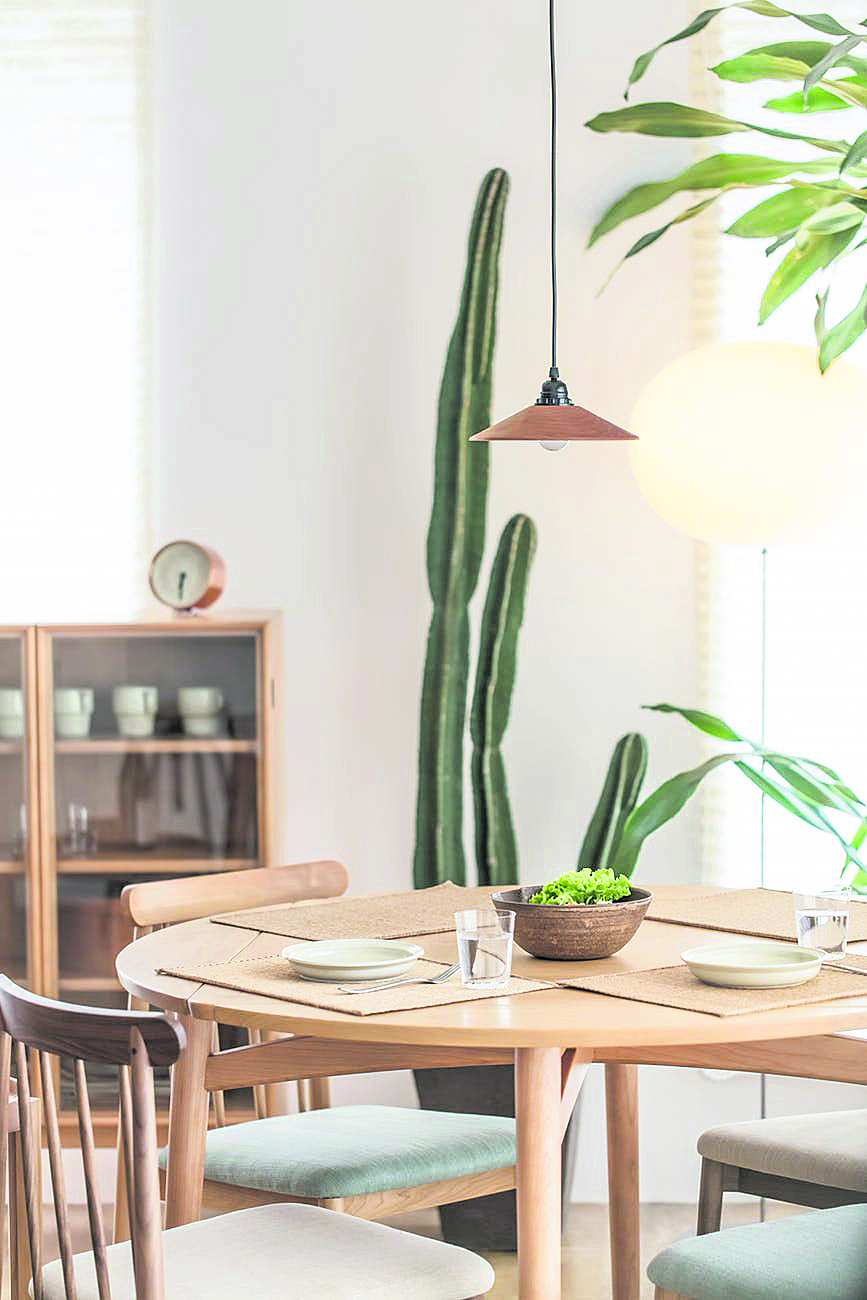
OR

Indoor plants have become a necessary décor accessory of sorts for a chic looking living space. Along with making you look like an environmental enthusiast, the freshness that comes with having a plant in an indoor space can add a lot of character to a home. However, indoor plants do require extra love and care to flourish and look good. But with the right amount of effort and a few tips and tricks up your sleeve on how to care for them, it shouldn’t be too arduous to keep your indoor plants thriving. If you are planning to introduce a plant or two to your indoor space, here are the best ones you can choose from. These are fuss-free plants and we guarantee you will manage to keep them alive with minimal effort.
Swiss cheese plant
There is no doubt that you have seen this plant at someone’s home or maybe even have it at your own place. Their lush green leaves with distinctive holes make a stunning statement in any room and they can grow to fit any space. Monstera deliciosa, as they’re called scientifically, prefer a warm and humid climate away from direct sunlight and they look best when you regularly clean them with a soft, damp cloth. It is also best to provide it with a grid they can climb up to as well as keep it at a place away from artificial heating and cooling – somewhere that’s naturally more airy. For best results, these plants should enjoy conditions that are fairly moist especially when they require monthly feeding, mainly in spring and summer. In its natural habitat, the plant likes climbing so provide it with some kind of grid for support to do so if you choose to bring it indoors.
Devil’s Ivy
Devil’s ivy, also known as golden pothos or pothos, is a fast-growing and forgiving vine, suited for any position in the house. Whether they’re potted in hanging baskets or you place cuttings of it in glass vases, these plants are super low maintenance and absolutely stunning. The leaves are waxy, heart shaped and the color depends on their many varieties. The best thing is that they’re highly drought tolerant and don’t require regular fertilization. So if you are the type who brings in a plant and then forgets all about it, devil’s ivy might be the perfect pick. Make sure you water the plant at least once a week and cut back to every other week in winter. Spring and summer is the best time to prune your plant, placing the cuttings in glass jars filled with water to encourage rooting.
Mass Cane
This plant is popular amongst those who are trying to cultivate a green thumb and it’s often an office staple thanks to its sturdy nature. Mass cane often grows between 1.2 to 1.8 meters tall with stalky stems and long, green leaves featuring light yellow and green stripes running through them. It’s a great option if you’re looking for a large plant. This plant is best placed in indirect bright light but it can tolerate low light too. You’ll only need to water it once a week. However, it’s important to note that Dracaena ‘massangeana’ is toxic to dogs and cats so it’s not the best option if you have furry friends around the house.
Mother-in-law’s Tongue
The plant originates from Southern Africa and Asia, and is another low maintenance houseplant. Also known as the snake plant, it is known as mother-in-law’s tongue as the leaves have pointed tips, apparently symbolizing the sharp tongue of a mother-in-law. This upright, succulent plant can grow up to two meters and is extremely sturdy too. It takes a lot to kill it, so this is another great option for those who tend to neglect their plants. It should be placed in bright light with some direct sun for several hours a day. It will tolerate shade, however the plant will take longer to grow if it doesn’t get the light it needs. Moderate water is required, maybe a little extra in summer, but keep it a little dry in winter to avoid rotting. Don’t over water this plant as it is a variety that would rather prefer to be a little dry than be too damp.
Chinese Money Plants
Chinese money plant is one of the most common indoor plants found in Nepali homes. But we have all seen it green and shiny at some places but wilted and brown at others. To properly take care of it, begin by watering your Chinese money plant once a week. However, you should be aware that depending on where you place this plant it will need more or less watering. The main goal when watering Chinese money plants is to get water into the roots. For this, you can poke holes into the gravel or soil around the plant using a knife or a pencil. Moreover, you can use your finger to check the moisture level of the soil, and add more water if it feels bone dry. It’s also important to use fertilizer to keep the Chinese money plant nourished. It should be diluted and used during spring and early fall, which is this plant’s growing season. Also, make sure you trim its dry leaves and clean the other leaves to give it a polished and thus fresh look.


You May Like This

A home away from home
As much as you want to, you simply cannot take your pets with you everywhere you go. Say, you have... Read More...

Home Minister unveils home ministry reforms roadmap
KATHMANDU, June 27: Home Minister Janardan Sharma has unveiled the home administration reforms road map-2074 BS on Tuesday. ... Read More...

A home away from home
We all know how difficult it is to find hotel rooms that won’t take a chunk of our vacation budget... Read More...
Just In
- Bus carrying wedding procession attendees meets with accident in Sindhupalchowk claiming three live
- CPN (Unified Socialist) to hold its Central Committee meeting on May 10-11
- Over 16,000 paragliding flights conducted in one year in Pokhara
- MoPIT prepares draft of National Road Safety Act, proposes rescue within an hour of an accident
- Light rainfall likely in hilly areas of Koshi, Bagmati, Gandaki and Karnali provinces
- Customs revenue collection surpasses target at Tatopani border, Falls behind at Rasuwagadhi border in Q3
- Rain shocks: On the monsoon in 2024
- Govt receives 1,658 proposals for startup loans; Minimum of 50 points required for eligibility



















Leave A Comment